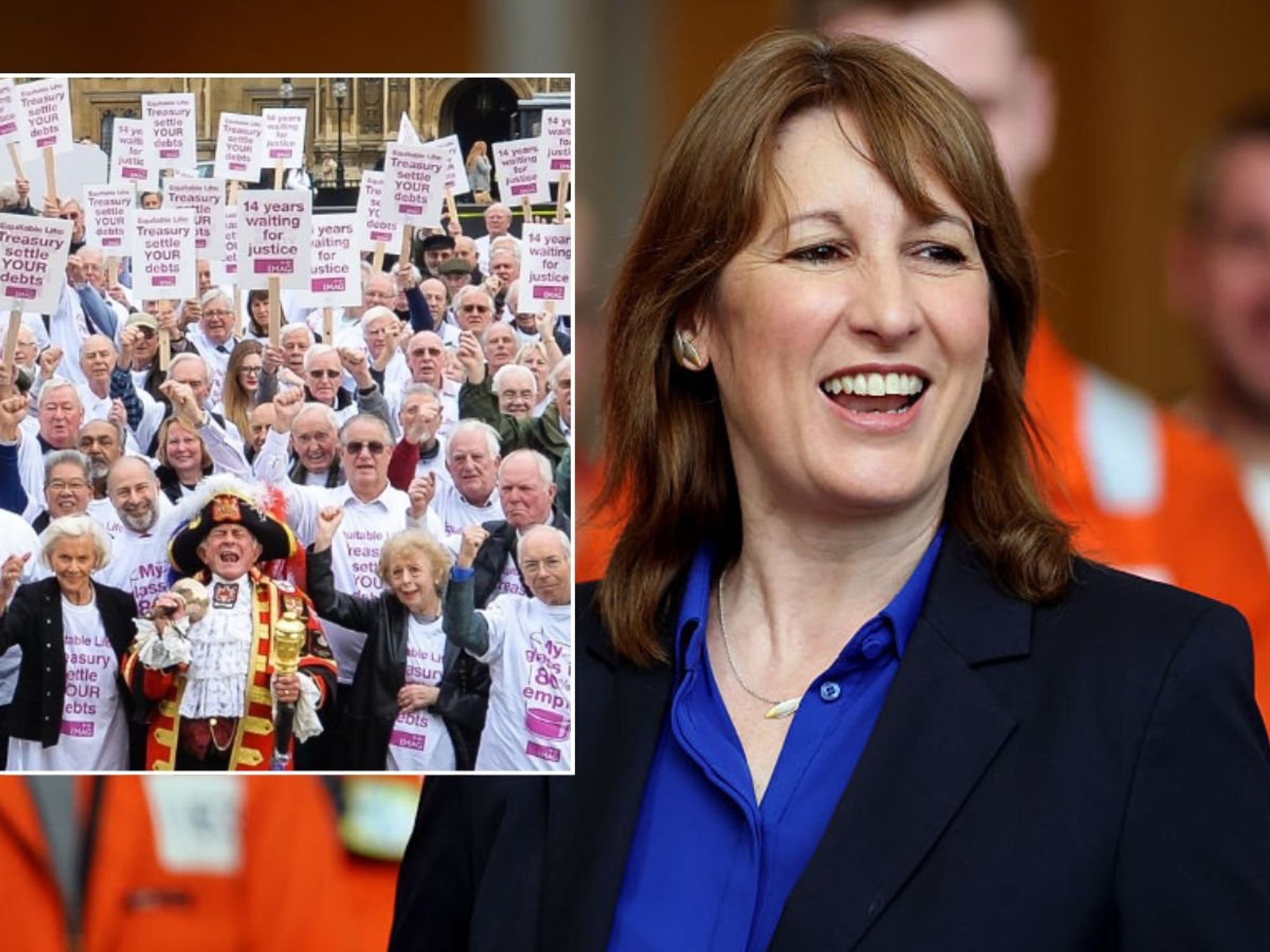Asylum accommodation: Coming to a street near YOU? - analysis by Charlie Peters

Accommodating these asylum seekers and their drawn-out claims has been a political mountain that Sunak’s Conservatives have long-struggled to surmount
|GB NEWS

Kent County Council has ‘identified’ further sites after GB News reveals local anger at new development
Don't Miss
Most Read
Latest
One-hundred and eighteen thousand and counting. That’s the number of asylum-seekers who have crossed the Channel by small boats since 2018.
It’s the scandal that won’t die, with the solutions mooted by the Tories - especially the Rwanda deportation plans - neutered by NGOs, lawyers and the Lords.
Accommodating these asylum seekers and their drawn-out claims has been a political mountain that Sunak’s Conservatives have long-struggled to surmount, allowing Reform to surge in their newfound heartlands.
A significant portion of the row has been occupied by the government’s use of hotels to hold asylum seekers as ministers struggled to reduce the backlog and process claims.
But the government is now proudly touting a gradual, phased closure of hotels.
Last October they announced that 50 sites would return to normal service by the end of January. In that announcement, the government boasted that it could make the move “as a result of a more than 20 per cent drop in small boat crossings compared to last year.”
Crossings might be down. But as of last week, analysis by our Specialist Home Affairs producer Tom Fredericks found that we are at the highest point for the number of people crossing the channel for this time of year than any previous year since crossings began.
Some 3,406 have crossed so far at the time of writing, but that figure could change by the time we publish. Forty-eight crossed yesterday. More could arrive today.
Despite this, just last week the Home Office said “we have been able to stop the procurement of new asylum hotels and begin closing some hotels.”
In line with that announcement and the clear-out of asylum seekers from hotels, new accommodation sites have been repurposed by the government to house them.
In one town where this process is well underway, concerned locals have been in touch with GB News to express their frustrations at the process.
In Dartford, residents of a quiet street suddenly noticed heavy building works pop up at a building called the Limes.
Upon further investigation, they discovered that the building was being repurposed to house asylum seekers.
This enraged some families, especially after they noted that the building is subject to a 1964 covenant between the NHS and the county, which stresses that the building can only be used as an home for the elderly.
In its new purpose, it’s set to have 24/7 security, a social worker for every resident, a 10pm curfew, and a zero-tolerance for mischief.
But there was no consultation. There was no warning. There was no meeting.
One local, Dan, told me that the move was disgraceful and that the council had effectively tried to sneak in an asylum housing site under their noses.
This covert planning quickly attracted the rage of our viewers, with campaigning posters, placards and signs running the length of the road of the building site.
When questioned by GB News, Kent County Council said they had made the change after a High Court order, with the Home Office directing them to take “every possible step” to increase capacity to accommodate unaccompanied asylum-seeking children.
Does this sound like the move of a government that has the crisis in control?
The Home Office is keen to stress that it will demand that local authorities “deliver on their mandated commitments to their regional dispersal plans.”
It says that the “dispersal accommodation” it is demanding is cheaper to the taxpayer and more manageable for communities.
But Dartford residents tell me their community hasn’t been managed at all.
Kent has two reception centres for temporary accommodation, the council told GB News it had “identified” nine further properties across the county to accommodate the dramatic increase of asylum-seeking children.
Where will they be? When will they open? Who will be dispersed there?
There are additional concerns about the ages of the unaccompanied asylum-seeking children set to be held at the site, with sources in the town sharing correspondence with local councillors who reported varying assurances of age ranges from the police.
One report suggests that the “children” could be up to 25-years-old.
We’ve asked Kent County Council what the age range will be and how they will ensure the children really are children.
These questions and more have yet to be answered, but the council did confirm that the accommodation was temporary and the children could be sent elsewhere across the country under the National Transfer Scheme.
The scheme has come under heavy criticism, with sceptics pointing to a disproportionate number of relocations in northern communities, possibly where there is more capacity and excess housing and hotel stock.
But all of this means that the relocations and new accommodation sites could be coming to you soon.
If the Kent process is anything to go by, the process is likely to be covert, without consultation, and involve heavy redevelopment on a residential street.










